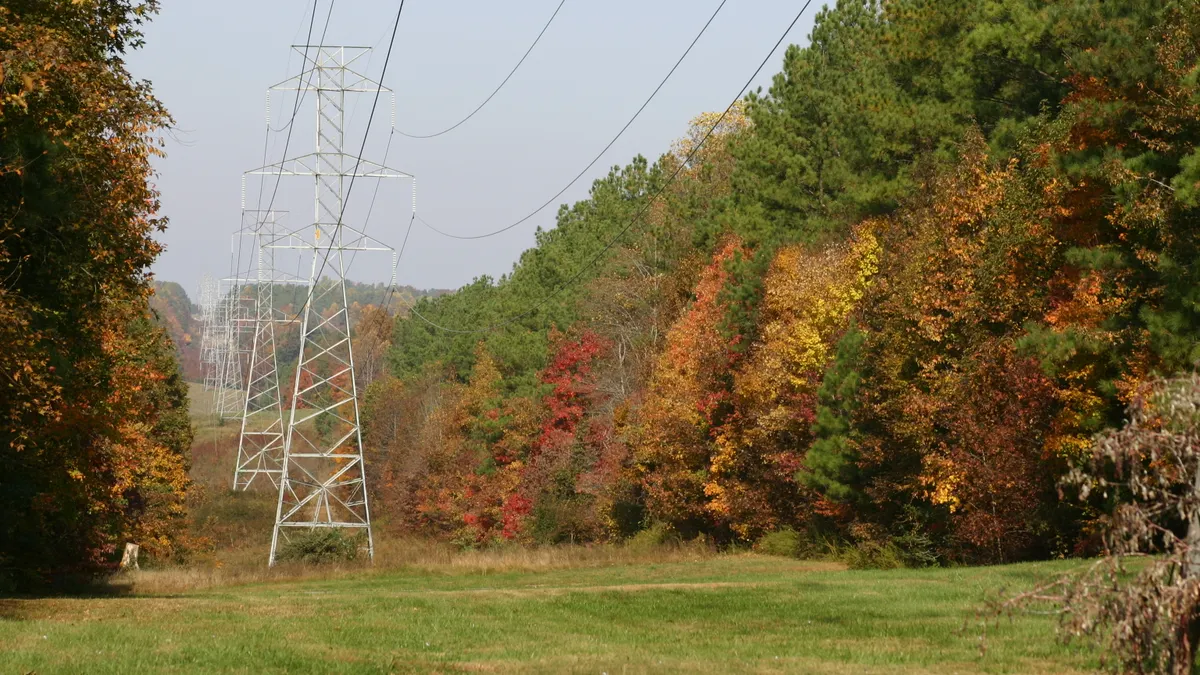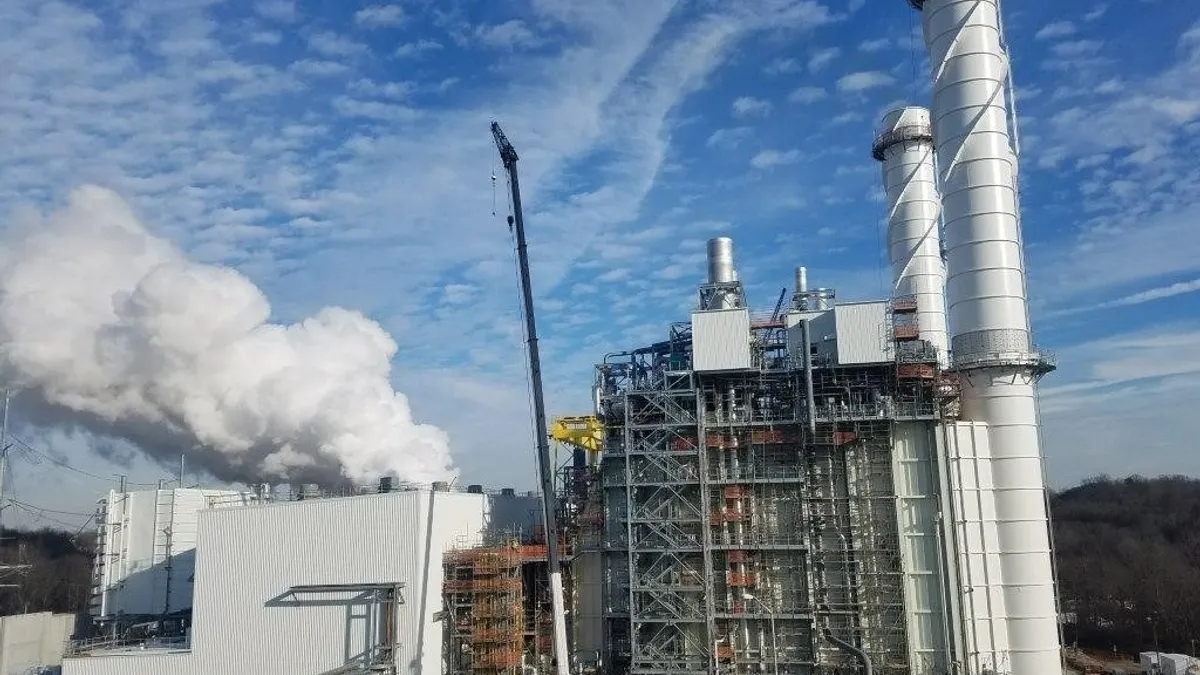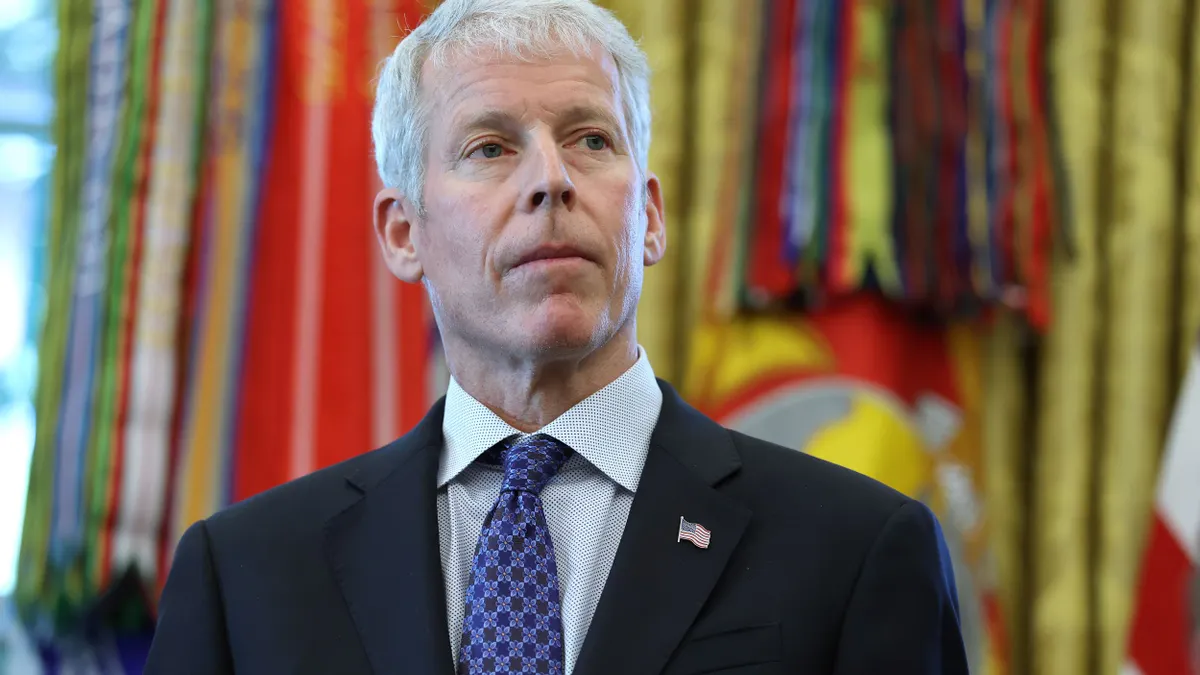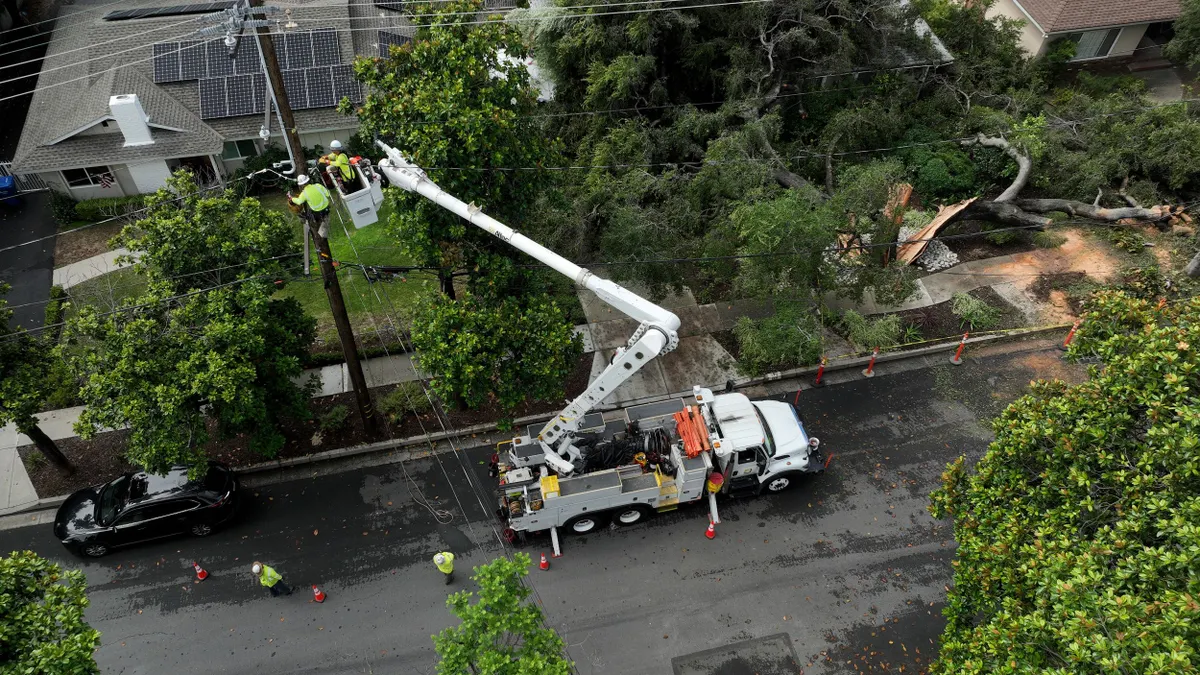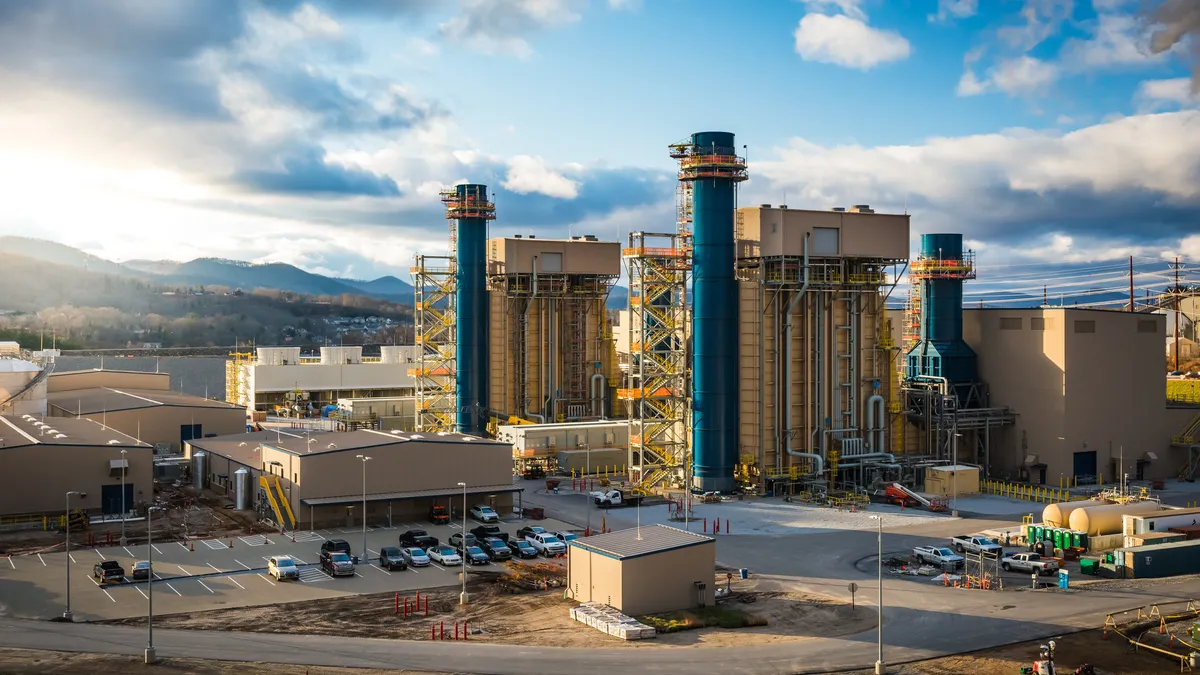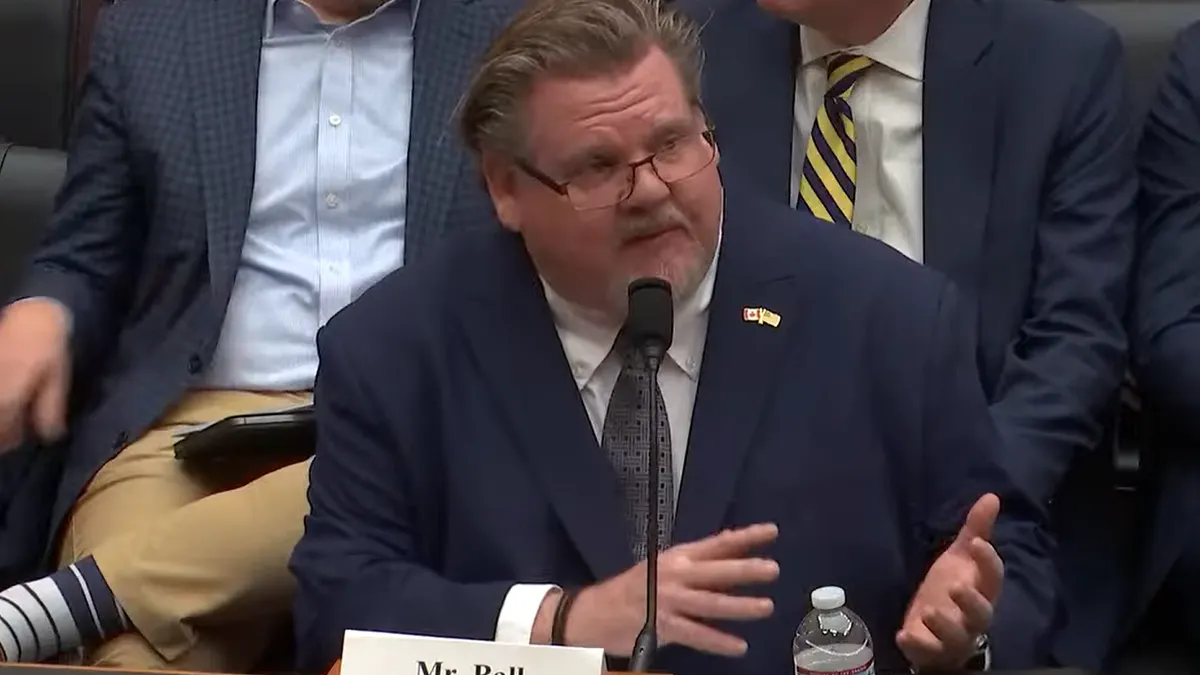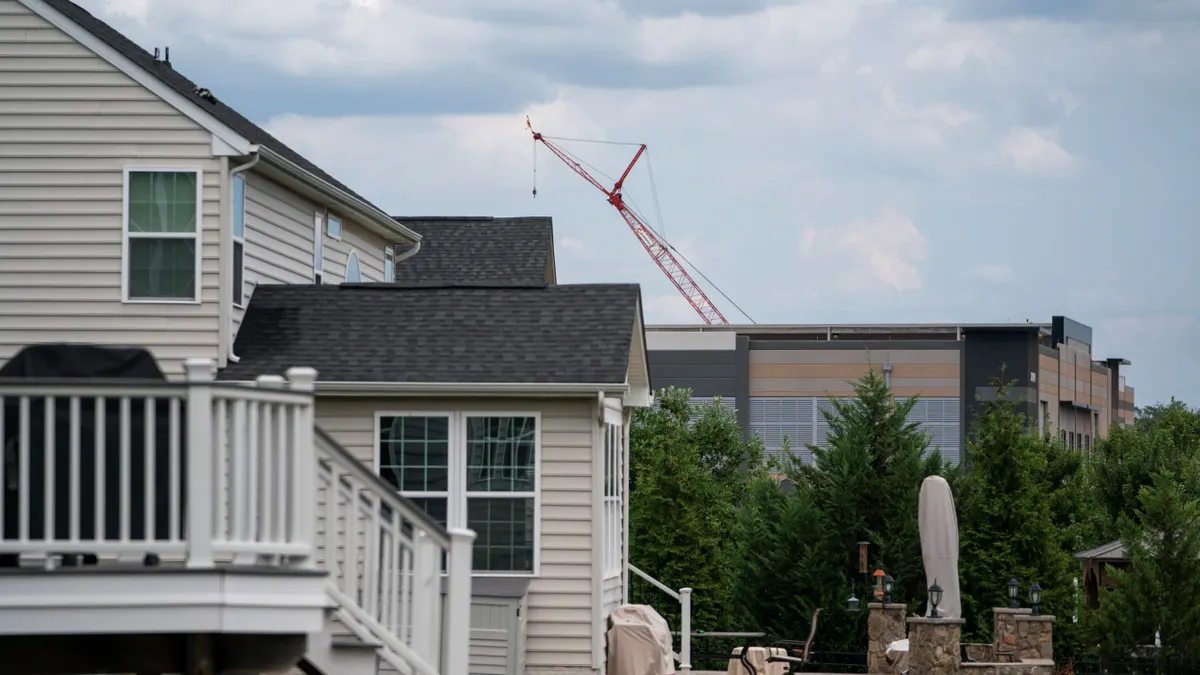Surging data center forecast
FirstEnergy expects its system peak load will jump 15 GW, or 45%, from 33.5 GW this year to 48.5 GW in 2035, driven by data center development, Brian Tierney, FirstEnergy chairman, president and CEO, said Thursday during an earnings conference call with analysts. FirstEnergy doesn’t plan to develop “large load” tariffs for data centers, according to Tierney.
“We think that we can enter into terms and conditions that make the data center developers responsible for the incremental investment that we're making and protect our existing customers,” he said.
Electric sales set to grow
In the first nine months this year, electric sales by FirstEnergy utilities grew 1% from the same period in 2024, but were essentially flat on a weather-adjusted basis, Jon Taylor, FirstEnergy chief financial officer, said. However, based on ramp-up schedules of some data centers, the company expects “more meaningful” increases in industrial load starting in the fourth quarter, he said.
“I'm talking like mid-single digits by the time we get to maybe Q2, to maybe even higher than that, significantly higher than that by the time we get to the fourth quarter of next year,” Taylor said.
Transmission drives capital spending
With the PJM Interconnection’s peak load expected to grow by close to 48 GW, or 30%, by 2035, FirstEnergy’s utilities — which sit in the middle of the grid operator’s footprint — are poised to support the growth by building transmission infrastructure, according to Tierney.
FirstEnergy’s $28 billion capital expenditure plan for 2025 to 2029 includes about $14 billion for transmission. The company expects transmission spending will increase 30% in its next four-year spending plan, set to be released early next year, according to Tierney.
FirstEnergy previously said it expected its transmission spending would be 20% higher.
“Our company-wide transmission assets are a terrific growth engine,” Tierney said. “Our investments are expected to result in a compound transmission rate base growth of up to 18% per year through 2030.”
About $1 billion of the planned spending is for large load interconnection requests and related network upgrades, according to Taylor.
FirstEnergy eyes gas generation for West Virginia
FirstEnergy plans to issue a request for proposals this month for 1.2 GW of gas-fired generation to be built in West Virginia, with an inservice date in 2031, according to Tierney. Under the planned RFP, the power plant developer would sell the project once it is built to Monongahela Power and Potomac Edison — both FirstEnergy subsidiaries, he said.
The utilities will also consider building the plant themselves, which FirstEnergy expects will cost $2.5 billion. FirstEnergy plans to ask the West Virginia Public Service Commission early next year to approve the gas-fired project, Tierney said.
Supply chain constraints appear to be easing, according to Tierney. Instead of four to five year lead times for major equipment, lead times are in the three- to four-year timeframe, he said.
“But the pricing remains pretty strong on that. We've not secured a space yet, but we think that we'll be able to do that given the regulatory framework that we have for getting approvals and getting the facility up and running in the 2031 time frame,” Tierney said.
Generation costs drive up power bills
Utility bills for FirstEnergy customers in deregulated states increased 11% on average over the last year, with the generation component of the bill making up 85% of the increase, according to Tierney.
“This type of increase is not sustainable and needs to be addressed with new dispatchable generation,” Tierney said.
FirstEnergy is trying to do everything it can to keep customer bills down, including careful management of its operations and maintenance costs, according to Tierney.
“We're advocating on behalf of our customers to stop the madness that is these PJM capacity auctions right now, which are paying for new generation that's just not showing up, and we don't think it's appropriate that our customers bear that kind of burden,” Tierney said.
An option could be a two-tiered structure that would pay existing capacity one price and have another structure that would attract incremental capacity, Tierney said.



